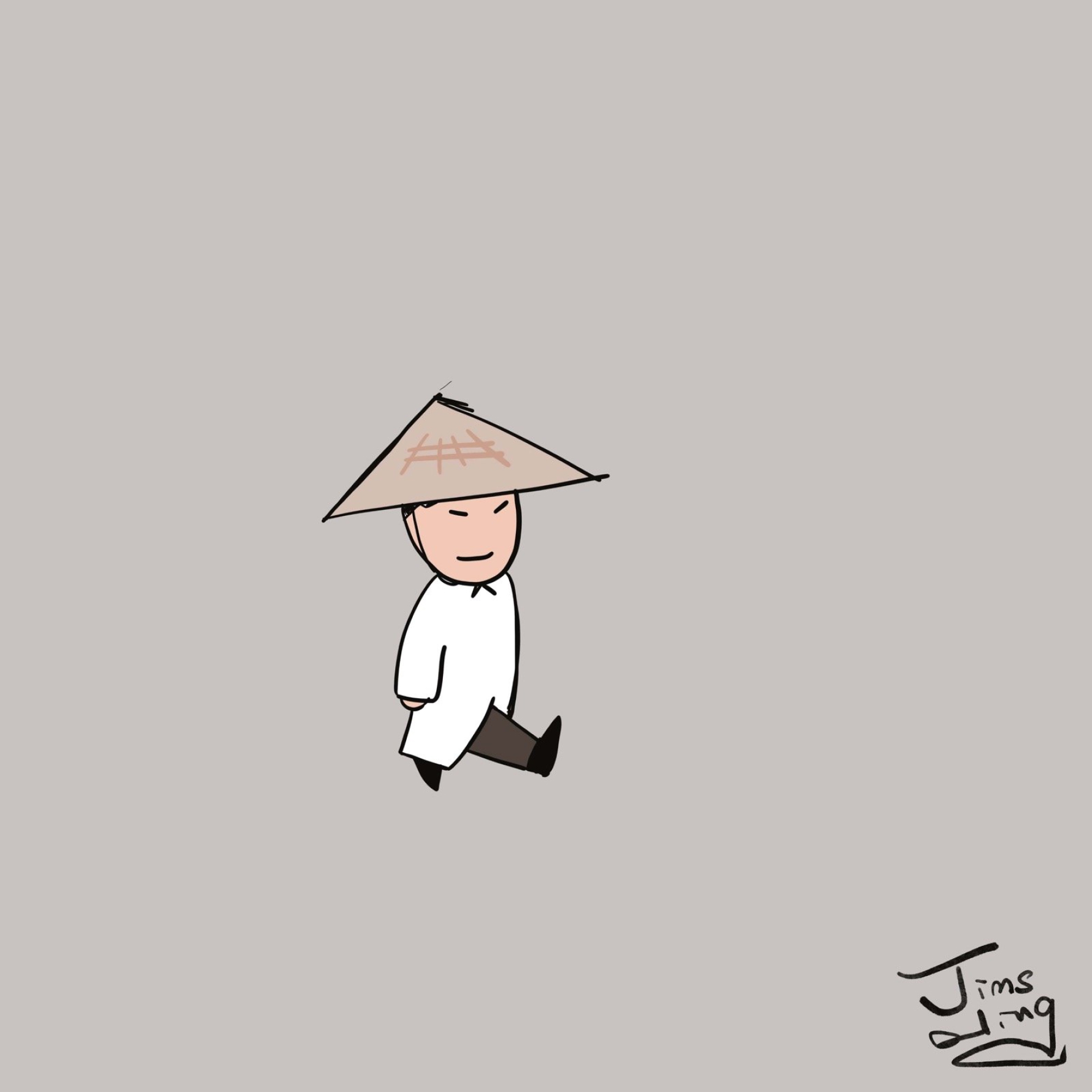Trademark, as the legal basis of a brand, fundamentally serves the purpose of distinguishing the origin of goods/services. Therefore, the trademark to be applied cannot be identical or similar to prior trademarks owned by others. In recent years, China has consistently had the highest number of trademarks registered globally. Common word or device mark have already been registered, and trademark examination has become increasingly rigorous, making trademark applications in China very challenging. (For more background information, please refer to “China’s Trademark Wars Are Raging“)
Table of Contents
Toggle1. Emphasize the feasibility assessment of trademark registration
Given the aforementioned background, if a feasibility assessment of trademark registration is not conducted, the trademark application would be like opening a blind box—hoping for surprises but likely to be disappointing. If you want to have a reasonable expectation of the application results to align with your market actions, a preliminary assessment is essential. Specifically, a feasibility assessment can inform you in advance about potential problems that may arise during the trademark application. Can these problems be resolved with proactive actions? How much budget is needed ? How long will it take? Should you decide to change the trademark or knowingly enter a potential conflict? The results of the feasibility assessment are crucial for your decision-making. Therefore, an accurate feasibility assessment is the key to formulating a trademark application strategy in China.
2. Customize your trademark application strategy
The specific strategy should be determined based on the “assessment results and the applicant’s needs”. If the assessed risks are low, Congratulations! Your trademark journey is likely to proceed smoothly. However, in practice, the risks are often high. In such cases, the trademark application strategy becomes more critical.
For situations with high risks, based on years of practical experience, we have identified the following three strategies that we hope will assist you:
Strategy 1: Spend money to buy time, spend money to buy opportunities
If the applicant is willing to modify the trademark and hopes for a fast and smooth registration, this approach offers the most flexibility as the trademark can be modified according to the applicant’s needs. It is important to note that the modified trademark still needs to be assessed again. By preparing multiple sets of trademarks simultaneously, we refer to this approach as “spending money to buy time, spend money to buy opportunities”. Considering that the registration fees for trademark applications in China are relatively low, it is worth considering spending a relatively small amount of money to buy time/opportunities.
Recently, we acted as trademark attorney for an outdoor fashion brand that planned to apply for the trademark “KANAS”. Through the assessment, it was found that the trademark “KANAS” had already been registered in almost all relevant classes. However, the applicant had a strong preference for “KANAS”. After full communication, the direction for modifying the trademark was to “retain KANAS as it is and add suitable vocabulary or letters”. Subsequently, the applicant prepared five sets of trademarks combining “KANAS” with “XXX”. We further assessed these five sets of trademarks, and ultimately, the applicant decided to apply for all five sets of trademarks. After 3-5 months, although some of the trademarks were refused, one set of trademarks was approved for registration. This saved valuable time for the applicant’s future market expansion.
Strategy 2: Removal of stumbling blocks
If the trademark is difficult to modify and there are not too many identical or similar prior trademarks (referred to as “conflicting trademarks”), the strategy can be determined based on an overall assessment of the conflicting trademarks. Conflicting trademarks are stumbling blocks on the path of trademark application, and the most common practice is to remove all of them. The methods for removing conflicting trademarks include: trademark cancellation without use for three years(referred to as “cancellation”), coexistence and trademark purchase.
Trademark cancellation: In China, there is a large number of unused “zombie trademarks”. Trademark cancellation is the most common method used to remove conflicting trademarks. It is relatively easy to initiate a trademark cancellation as long as the conflicting trademark has been registered for more than three years. The workload is low, and the cost is not high. However, for trademark holders, they need to provide valid evidence of trademark use to maintain the validity of their trademarks. Therefore, it is advisable to conduct appropriate investigations on conflicting trademarks before initiating a cancellation so as to understand their usage and evaluate the success rate of cancellation.
Trademark coexistence: For conflicting trademarks registered for less than three years or those in normal use, trademark cancellation is often not feasible. Trademark coexistence is a more commonly used peaceful resolution method internationally. It requires the conflicting trademark owner to issue a letter of consent, agreeing to the registration and use of the applied trademark. However, obtaining the consent of the conflicting trademark owner is not easy. Even if the consent is painstakingly obtained, the official acceptance of coexistence by the CNIPA (National Intellectual Property Administration ) or courts in China is not easy in practice.
According to the latest updates, during the trademark registration application and refusal review stages, the CNIPA generally does not accept trademark coexistence. It is only at the stage of administrative litigation, where the first and second trial courts may accept a coexistence. In other words, if the coexistence approach is adopted, the trademark application needs to go through a refusal review and enter the administrative litigation stage before it can be effective. However, there is uncertainty as to whether the coexistence will eventually be accepted.
Trademark purchase: For those conflict trademarks that cannot initiate trademark cancellation due to registration for less than three years, and if the applied trademark is crucial, then the trademark purchase may also be considered. In this case, it is not recommended to reveal your identity and negotiate with the trademark owner if your company is not small or if the applied trademark is already in use. Otherwise, the negotiation for trademark purchase may not go smoothly, and you may put yourself in a passive position or even face price increases from the other party. Furthermore, the price of a trademark does not have a fixed standard, and it is often influenced by various factors. Consequently, negotiation and bargaining play a crucial role. Therefore, successful negotiation for trademark purchase requires a highly artistic and trustworthy trademark agent with abundant experience. It is worth noting that if negotiations for trademark purchase are successful, the signing of the agreement is crucial, and do not forget to “submit a trademark assignment application to the CNIPA”. Only when the trademark transfer is approved can you consider the registration secure.
Regardless of the strategy adopted, please remember to submit your trademark application to secure the filing date and achieve corresponding results. If you choose to remove conflicting trademarks (excluding trademark purchase) as part of your strategy but forget to submit the trademark application, if the other party or someone else submits an identical or similar trademark application later, all strategies you plan will benefit others.
Strategy 3: Test the waters with a stone
If it is difficult to modify the trademark and the number of conflicting trademarks cannot be accurately predicted due to their large quantity, the only option is to submit the application first and let the CNIPA examine it. After receiving a refusal notice and identifying the conflicting trademarks, the strategy can then be formulated. For example, if the applicant wants to apply for the trademark “lucky” in the field of “candy” and there are more than a dozen similar trademarks in China, some of which are registered, some are under application, some are in the stage of refusal review, and some are being canceled by others, it is evident that everyone is vying for the “lucky” trademark. At this time, it is worth trying to “test the waters with a stone” by submitting the application first to see what happens. It can be anticipated that the “lucky” trademark will most likely be refused, and the strategy can only be devised based on the specific reasons for refusal.
Due to the significant impact of the assessment before trademark application and the specific strategy on the registration success rate, it is strongly advised that foreign applicants not use the Madrid System to apply for trademarks in China. Instead, applying directly to the CNIPA and entrusting local professional agents to conduct preliminary assessments is more recommended in order to flexibly formulate trademark application strategies in China.
To sum up, the importance of “feasibility assessment of registration” should be highly emphasized in Chinese trademark applications. It is comparable to “sharpening a knife before chopping wood”. Accurate predictions and professional strategies can effectively increase the success rate of trademark registration.
RULEASY IP TEAM
About Author:
Ruleasy Intellectual Property Firm focuses on trademark field.
We are good at providing systematic solutions, dealing with difficult and complex cases, monitoring and fighting against trademark squatting.
We are full of vitality, pursuing excellence, and going for less but better.
Contact us:
Email: ruleasy@ruleasy.com
Tel: +86 021-5426 8311
Address: Room 207, Building 27, No.487 Tianlin Road, Xuhui District, Shanghai, China








